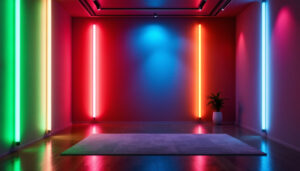
As a lighting contractor, staying informed about the latest innovations and practical solutions in the field is essential for delivering quality service to your clients. One such innovation that has gained traction is the plug-in on and off switch for lights. This article aims to provide a comprehensive understanding of this device, its benefits, installation considerations, and how it can enhance your lighting projects.
Plug-in on and off switches are devices that allow users to control the power supply to their lighting fixtures easily. These switches are typically designed to be used with lamps and other plug-in light sources, providing an accessible way to manage lighting without the need for complex wiring or installation. This simplicity is particularly beneficial for those who may not have extensive electrical knowledge, as it empowers them to take control of their lighting environment with minimal effort.
These switches come in various designs, including remote-controlled options, timers, and smart technology integrations. Their versatility makes them a valuable addition to any lighting contractor’s toolkit, allowing for enhanced functionality in residential and commercial projects alike. For instance, in a retail setting, a remote-controlled switch can facilitate the quick adjustment of lighting to create different moods throughout the day, significantly impacting customer experience and sales.
There are several types of plug-in switches available in the market, each catering to different needs and preferences. Understanding these can help you recommend the best option for your clients. Each type brings unique features that can enhance the overall lighting experience, making it essential to match the right switch with the intended application.
Incorporating plug-in on and off switches into your lighting projects can yield numerous benefits, enhancing both functionality and user experience. These switches not only simplify the process of managing lighting but also contribute to a more sustainable approach to energy consumption.
Additionally, the aesthetic appeal of many plug-in switches cannot be overlooked. With designs ranging from sleek and modern to classic and ornate, these switches can complement the decor of any room. This attention to design means that functionality does not have to come at the expense of style, allowing users to maintain a cohesive look throughout their spaces. Furthermore, as technology continues to evolve, we can expect even more innovative features in future plug-in switches, such as integration with renewable energy sources or enhanced user interfaces that make lighting control even more intuitive and user-friendly.
While plug-in on and off switches are generally easy to install, there are several considerations that lighting contractors should keep in mind to ensure a successful setup.
When installing a plug-in switch, selecting the right location is crucial. The switch should be easily accessible for users, allowing for convenient operation. Consider placing it near entry points or in areas where lighting is frequently used, such as living rooms or offices.
Additionally, ensure that the location has a nearby power outlet to accommodate the plug-in design. This will prevent any complications during installation and enhance the overall user experience. It’s also wise to consider the aesthetics of the space; the switch should blend seamlessly with the surrounding decor. For instance, a stylish switch can complement modern furnishings, while a more traditional design might suit classic interiors. Moreover, think about the height at which the switch will be installed. Ideally, it should be at a comfortable height for users to reach without straining, making it more user-friendly for all ages.
Not all lighting fixtures are compatible with plug-in switches. Before installation, verify that the light source can operate with a plug-in switch. Most standard lamps and LED fixtures will work seamlessly, but it’s essential to check the specifications to avoid any issues.
Furthermore, consider the wattage and voltage requirements of the fixtures. Ensure that the plug-in switch can handle the load to prevent overheating or electrical failures. In addition to wattage, it’s also beneficial to assess the type of bulb being used. For example, dimmable LED bulbs may require a specific type of plug-in switch that supports dimming functions. This attention to detail can significantly enhance the functionality of the lighting setup, allowing users to create the perfect ambiance for any occasion. Remember to also keep in mind the potential for future upgrades or changes in lighting; choosing a versatile switch can save time and effort in the long run, accommodating new fixtures or technologies as they become available.
Incorporating plug-in on and off switches into your lighting projects not only simplifies operation but also enhances the overall user experience. Here are some ways to maximize this benefit.
As a lighting contractor, it’s essential to educate your clients about the benefits and operation of plug-in switches. Provide them with clear instructions on how to use the switches effectively, including any features such as timers or remote control functionalities.
Consider offering a demonstration during the installation process, allowing clients to familiarize themselves with the product. This will not only enhance their experience but also build trust in your expertise.
For clients interested in smart home technology, integrating plug-in switches with existing systems can significantly enhance functionality. Many smart plug-in switches can be controlled through popular home automation platforms, allowing users to manage their lighting with voice commands or smartphone apps.
Discussing these options with clients can position you as a knowledgeable contractor who understands current trends, potentially leading to more referrals and repeat business.
While plug-in on and off switches offer many advantages, they are not without challenges. Being aware of these potential issues can help you address them proactively.
One common challenge with plug-in switches is the risk of overloading circuits, especially in setups with multiple devices. To mitigate this risk, advise clients to limit the number of high-wattage devices connected to a single switch.
Additionally, consider recommending switches with built-in overload protection features. This can provide an extra layer of safety and prevent potential electrical hazards.
In some cases, plug-in switches, particularly those that are remote-controlled or smart, may interfere with other wireless devices. This can lead to connectivity issues or unintended operation of lights.
To address this, suggest clients position their switches away from other electronic devices or appliances that may cause interference. Educating clients about potential issues can help them make informed decisions about their lighting setups.
The landscape of lighting control is continually evolving, with advancements in technology paving the way for new possibilities. As a lighting contractor, staying ahead of these trends can enhance your service offerings and keep you competitive in the market.
As smart home technology becomes increasingly popular, the demand for plug-in switches that integrate seamlessly with these systems is on the rise. Offering clients smart plug-in switches can provide them with greater control over their lighting and contribute to a more energy-efficient home.
Consider partnering with manufacturers who specialize in smart lighting solutions to stay updated on the latest products and features. This can position you as a go-to expert in smart lighting installations.
With a growing focus on sustainability, innovations aimed at improving energy efficiency are becoming more prevalent. Plug-in switches that incorporate energy monitoring features can help users track their consumption and make informed decisions about their lighting usage.
By staying informed about these innovations, you can offer clients solutions that not only meet their lighting needs but also align with their sustainability goals.
In conclusion, plug-in on and off switches for lights are an invaluable tool for lighting contractors. Their ease of installation, versatility, and potential for enhancing user experience make them a worthy consideration for any project. By understanding the types, benefits, and installation considerations of these switches, you can provide your clients with effective lighting solutions that meet their needs.
As technology continues to evolve, staying informed about trends and innovations in lighting control will ensure you remain competitive in the industry. Embracing these advancements will not only enhance your service offerings but also position you as a knowledgeable and trusted lighting contractor.
Ready to elevate your lighting projects with the latest plug-in on and off switches? Look no further than LumenWholesale for all your lighting needs. Our extensive selection of spec-grade lighting products ensures you have access to the highest quality switches at unbeatable wholesale prices. Say goodbye to middleman markups and hello to reliable, high-performance lighting that fits your budget. Plus, with free shipping on bulk orders, you can stock up on the best lighting solutions without any hidden fees. Don’t compromise on quality or value—visit LumenWholesale today and experience the perfect blend of quality, affordability, and convenience for your next project.
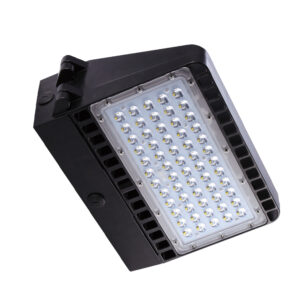
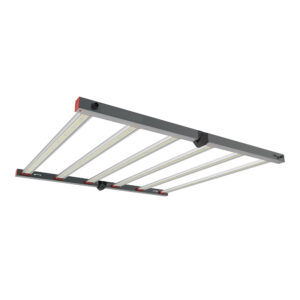
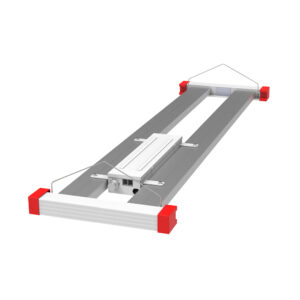
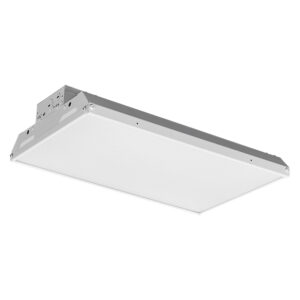
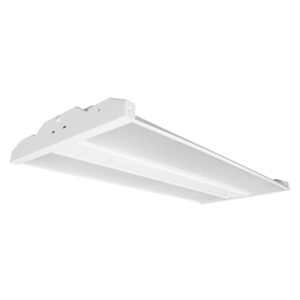
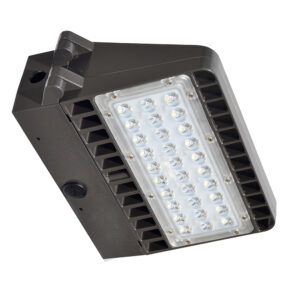

Discover the essential insights lighting contractors need to know about outdoor lighting fixtures.

Discover the essentials of LED magnetic strip retrofit kits and why they’re a game-changer for lighting contractors.
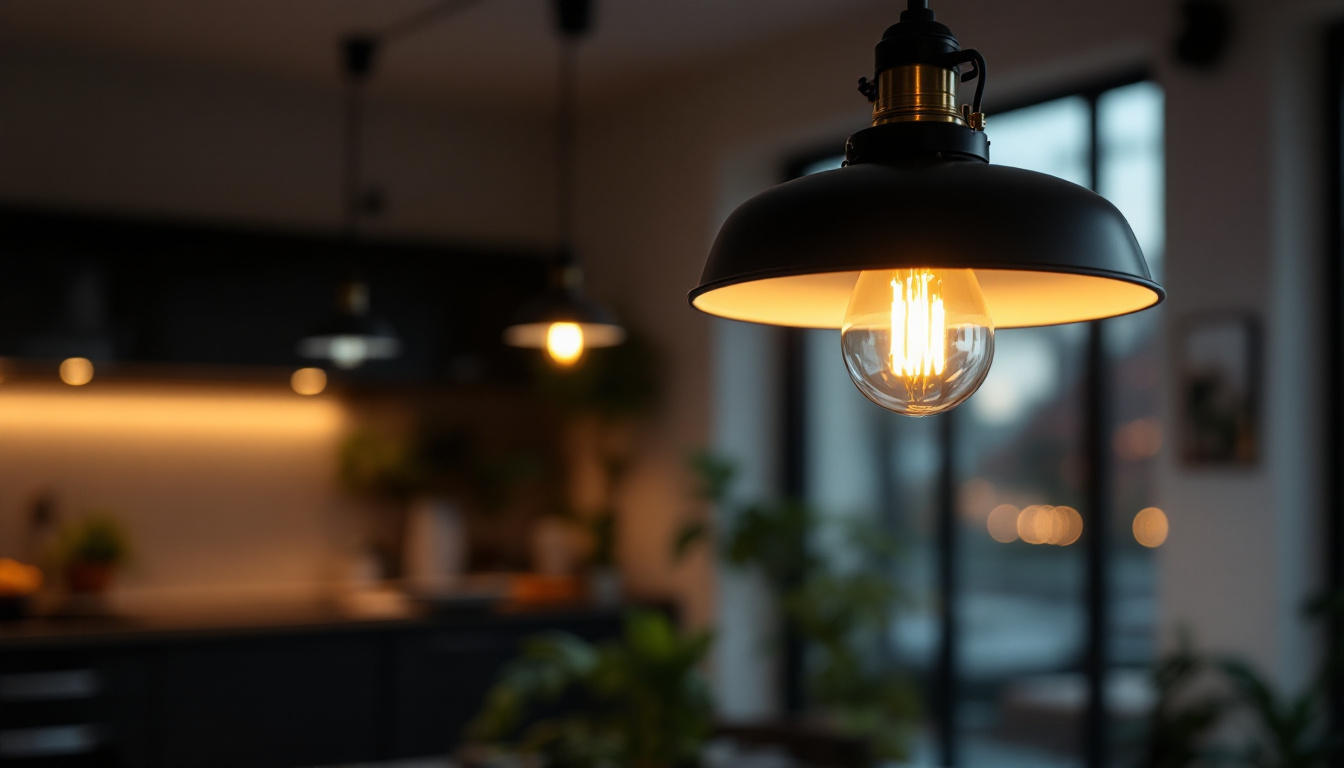
Discover the transformative power of black industrial pendant lights in energy-efficient lighting.

Discover the transformative power of LED mirrors in modern design.
Get notified when NEW deals are released.
Optimize your budget with wholesale discounts.
Only top-quality, specification-grade lighting products.
No additional costs at checkout - what you see is what you pay.
We understand the unique needs of contractors.